
Overseeding a Lawn
How to overseed a lawn to repair damaged areas, improve colour and reduce weed and moss invasion
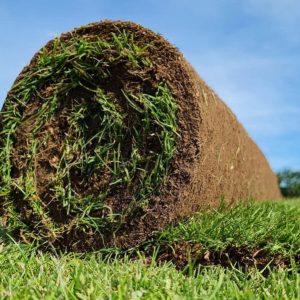
£5.65 - £11.75

£125.00
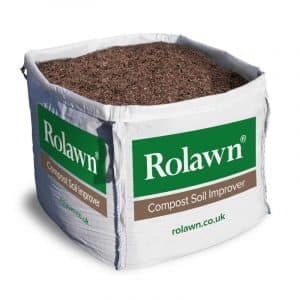
£105.00

£168.00
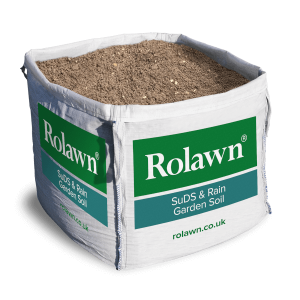
£130.00

£125.00
Home / Information & advice / Turf & Lawns Advice / Lawn aftercare
Guides on how to establish and maintain a healthy lawn, including how and when to mow, water and feed it for optimum performance. Plus, expert advice on some more intensive treatments and corrective lawn care procedures for a few of the more common weeds and conditions.

How to overseed a lawn to repair damaged areas, improve colour and reduce weed and moss invasion
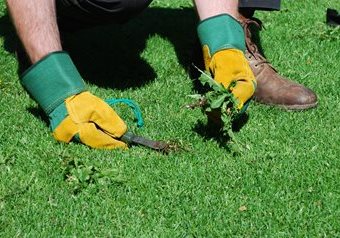
Broadleaf weeds are the easiest to identify in turf; here we explain how to remove them and prevent the weeds from reoccurring.

Annual Meadow Grass is prolific in the northern hemisphere, but can be managed to minimise content in your lawn.
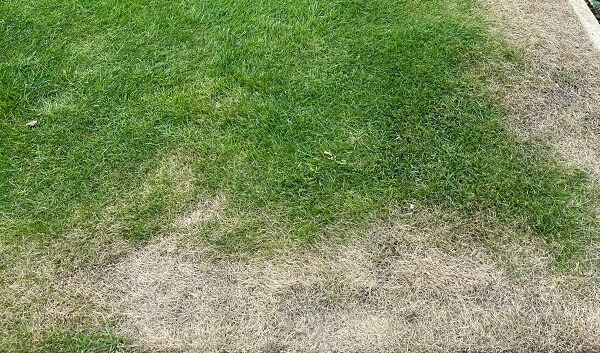
On the whole, lawns that are affected by drought will start to recover a few weeks after rainfall. You can assist their recovery and help them withstand futher stress – especially those that have been severely impacted – with a few simple maintenance actions carried out in late summer into early autumn.
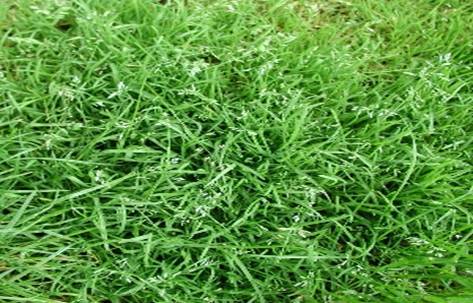
Seed heads forming in grasses is a natural process, but with maintenance the problem can be minimised.
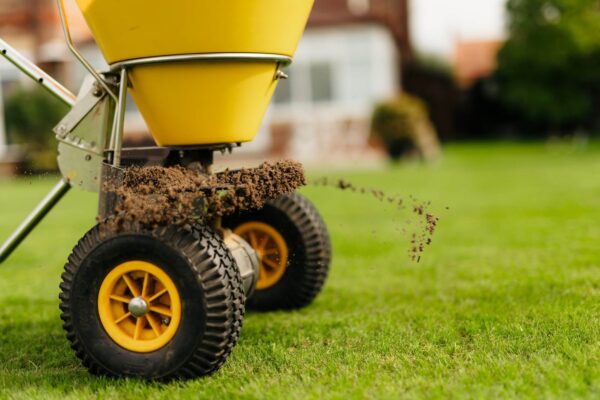
Advice on how and when to apply topdressing to improve the appearance, drainage and tolerance to wear and tear of your lawn and level out minor undulations.

How to correctly water your turf to keep it looking green and avoid waterlogging.
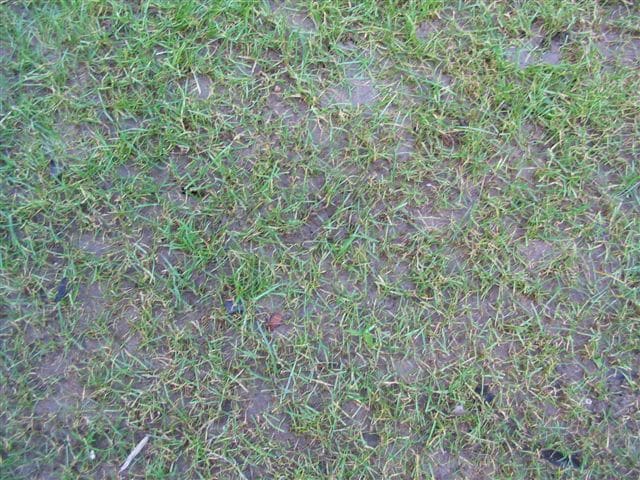
Compaction is the reduction of soil pore space. Soils are generally 50% pore space and 50% solid. The pore space is needed to conduct water and oxygen to your turf and many thousands of other plants, microbes and animals that live in the soil.
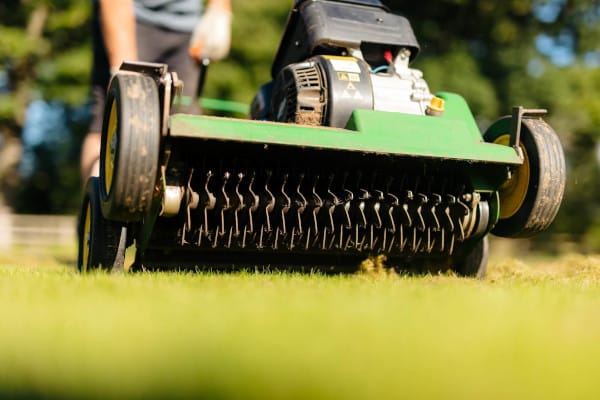
When and how to scarify your lawn to remove thatch and moss to encourage healthy grass growth.
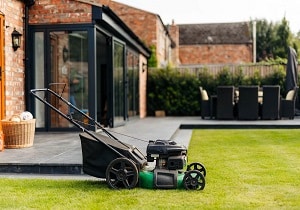
Get the best from your lawn by ensuring you have a suitable mowing regime.
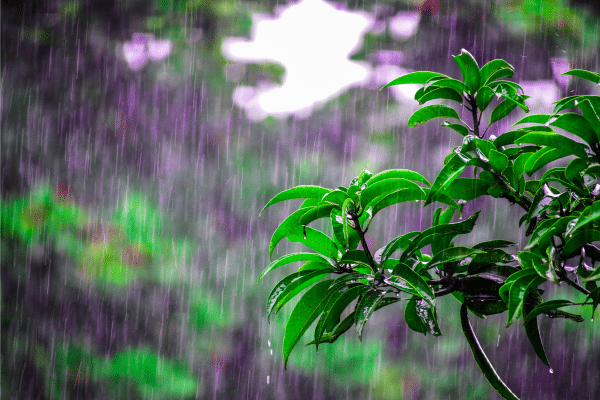
Landscaping and lawncare techniques to alleviate flooding in your garden.
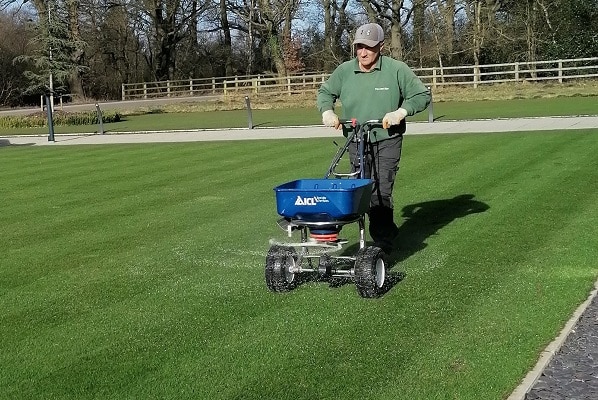
Advice on how and when to fertilise your lawn to keep it healthy, green and hard wearing.
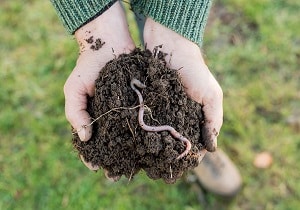
How to work with earthworms for the benefit of your lawn and advice on managing their impact.
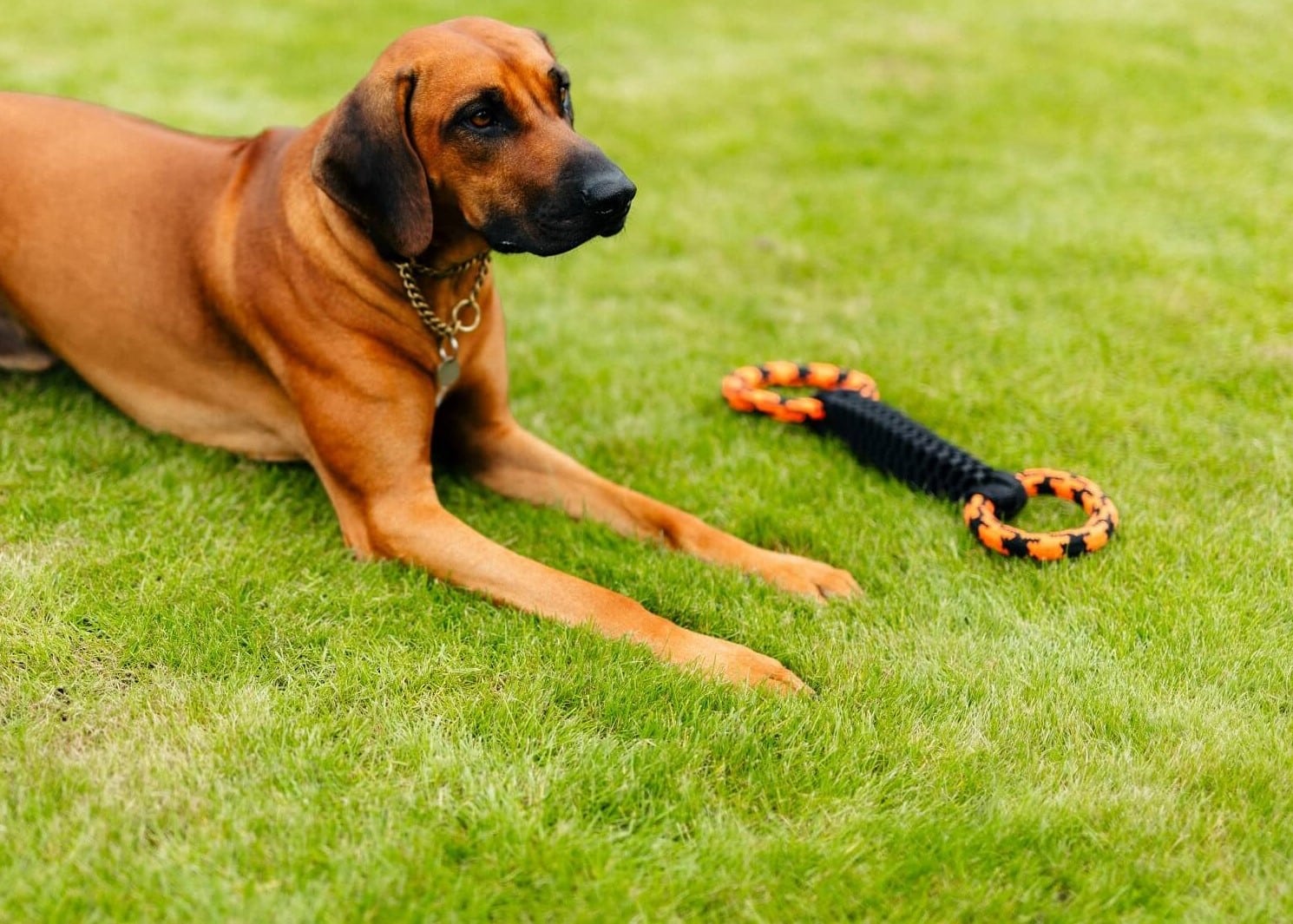
The different ways dogs, cats and other animals can harm your lawn, steps you can take to minimise the damage and advice on how you can repair your lawn if animal damage has already occurred.
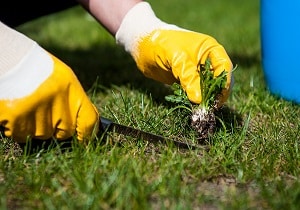
There are many reasons that bald or discoloured patches can appear on your lawn from time to time. Check out our guide to using either lawn seed or new turf for repairing these patches.
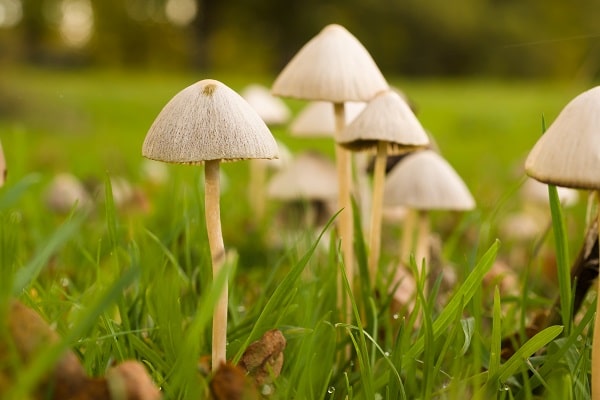
Why toadstools may appear in newly-laid turf and how to deal with them
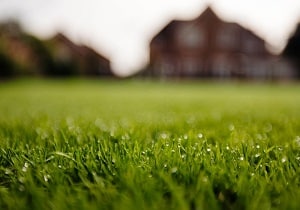
How turf adapts to its environment and the care you give it after laying.
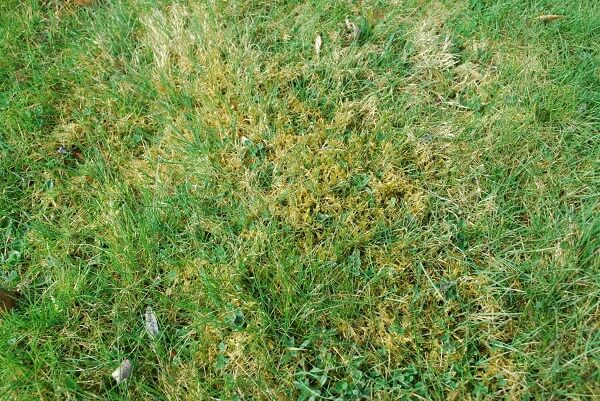
Identify the signs of algae and moss in your lawn and view suggestions how you can bring your lawn back to full health.

The colour of turf can vary greatly, but understanding what the different colours mean can help manage any potential issues and ensure a healthy and long-lasting lawn.